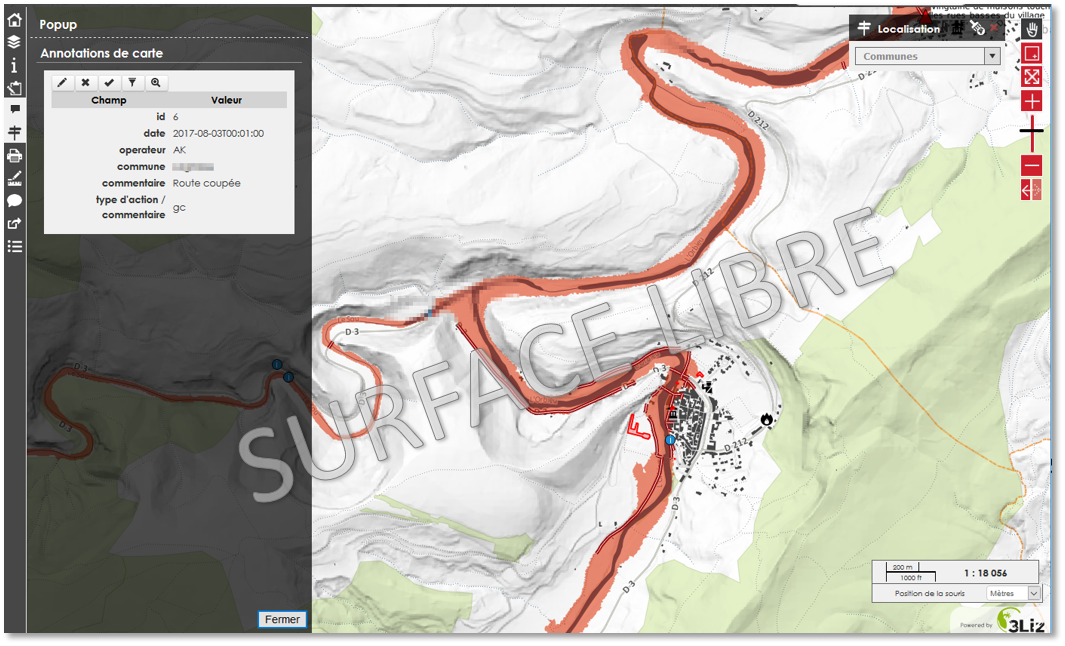2D or not 2D ?
2D or not 2D for models in fluvial hydraulics?
This is the question that can agitate modellers when starting their river models.
Should we rely on proven, centuries-old 1D methods, even if it means making a few extra gray hairs when stabilizing this damn model, or should we go directly to a complete 2D model, with the risk of seeing the calculation times lengthen? And in this case what to do with this LIDAR which does not cross (in most cases...) the surface of the water ?
We try...





